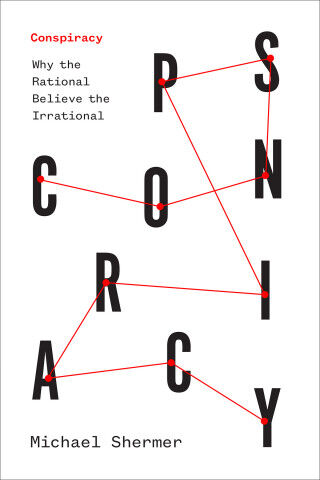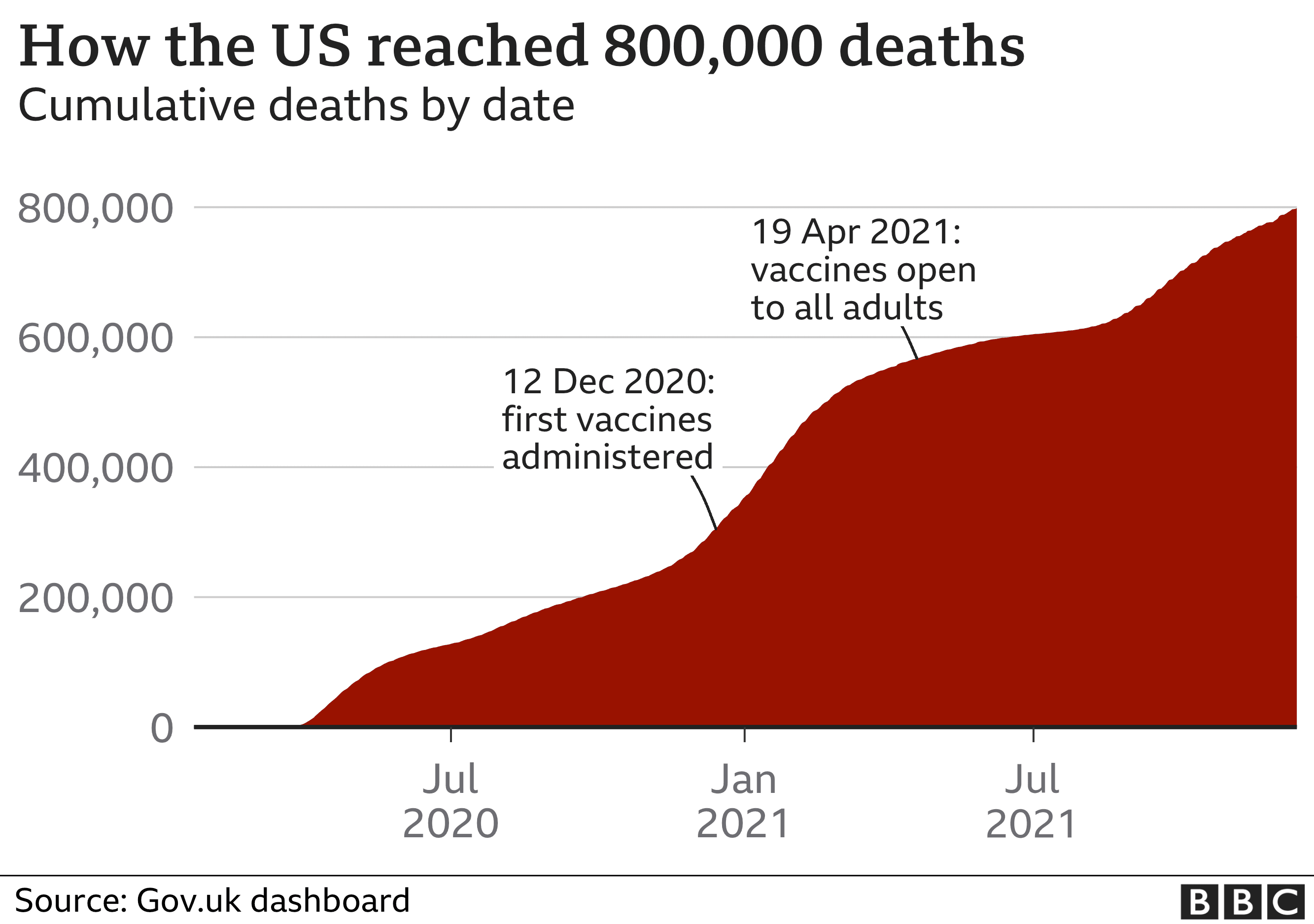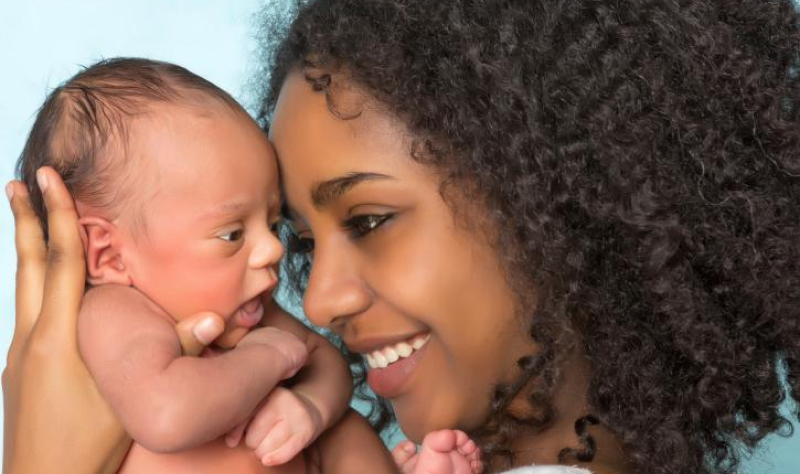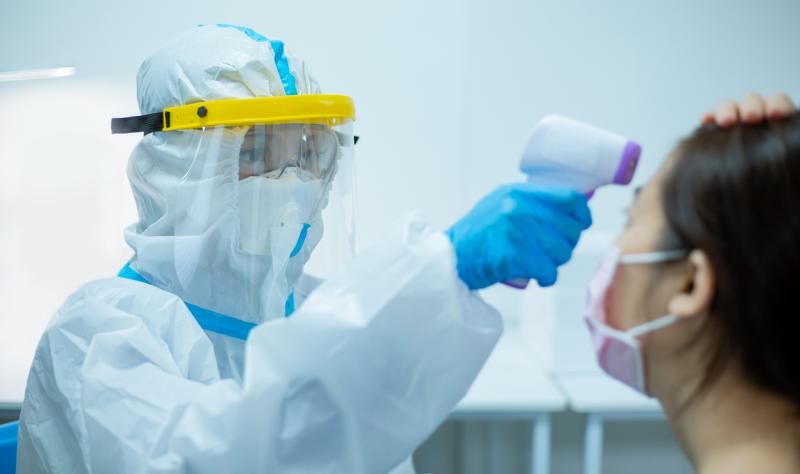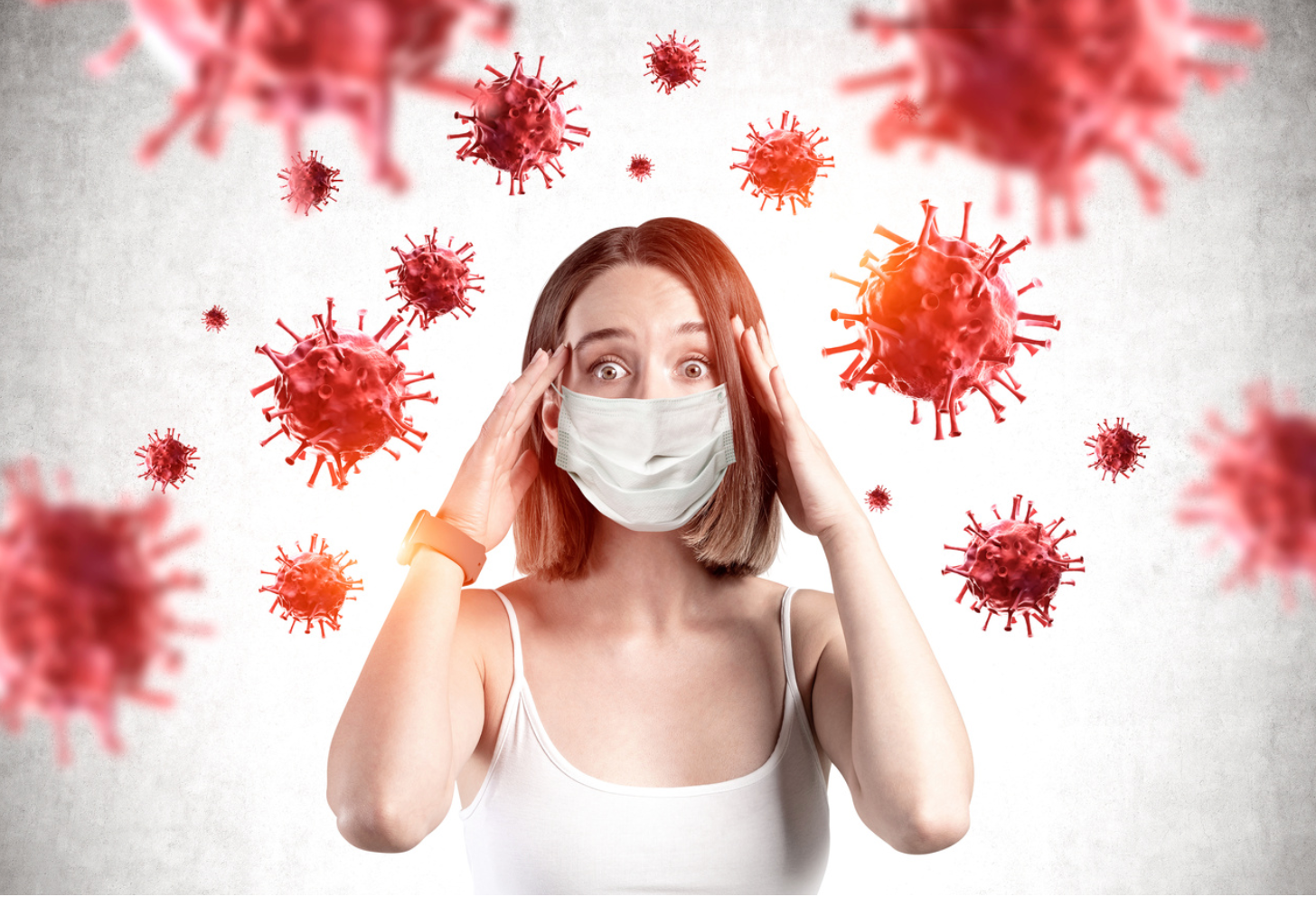SF Pride Parade returns after a two-year absence due to COVID
SF Pride Parade returns after a two-year absence due to COVID San Francisco Chronicle


At 10:30 Sunday morning 200 motorcycles started up in unison to announce that Pride is back after a two-year, too-quiet absence. Two minutes later, the parade coordinator counted down and they were off, the roar of the San Francisco Dykes on Bikes Motorcycle Contingent mixing with the roar of the crowd six deep along Market Street. What may be the most politicized Pride Parade since the first one, 52 years ago, was underway.
“It feels so amazing that it makes me want to cry,’ said Calder Storm as he stood along the route in glittering coveralls and a singlet made up of miniature disco balls. “Community is imperative, especially given the state of the nation right now.” Storm held a sign that read “Queer Joy is Resistance” on one side and “Protect Trans Kids” on the other. He made it Sunday morning, which is about the only way to stay ahead of the news.
The second contingent, after Dykes on Bikes, was a troupe of people chanting, “Whose bodies? Our bodies,” in reference to Friday’sU.S. Supreme Court decision overturning the constitutional right to an abortion.
“Battles we thought we had won we have to fight all over again,” said State Sen. Scott Weiner, who wore a fitted rainbow T-shirt and rode in a white pickup truck. “I’m an optimist and we are going to win this,” Weiner said. “But now is the time to recommit.”
A week earlier, police searched Wiener’s home for bombs after threats were made against the senator. That happened the same day men believed to be from the far-right Proud Boys stormed a children’s story program hosted by a drag queen at the San Lorenzo Library and shouted slurs.
This year marks 52nd annual San Francisco Lesbian Gay Bisexual Transgender Pride Celebration and Parade, counting the 2020 event, which was virtual and 2021, which was a ticketed social distancing affair at Oracle Park. The theme for Pride 52 is “Love Will Keep Us Together” and organizers needed it to pull off the marquee event of the weekend — the annual parade — amid the threats to the LGBTQ community, the ongoing pandemic and controversies surrounding the event itself.
In 2020, the summer George Floyd was murdered by a Minnesota police officer, a group of queer protesters within the parade sat down in the middle of Market Street, stopping the event in its tracks. Police in uniform responded and while clearing the scene, one woman was mistreated to the point that the city had to pay out a settlement. The episode shocked those in the parade, including former state Sen. Mark Leno, who is 70 and old enough to remember that the first Pride was a response to the Stonewall Riots of 1969, in which the gay community in New York City battled police over longstanding charges of abuse.
“The trauma of Stonewall and pre-Stonewall, and how law enforcement treated us, is still with us and to see that happen in real time was seriously disturbing,” said Leno. “It was ugly.”
As a result of the 2020 incident and the unrest over Floyd’s murder, the Pride board of directors voted to ban police in uniform and carrying weapons from marching in the parade, as is tradition among officers, gay and straight. When it was enforced for 2022, a backlash ensued and Mayor London Breed announced that if there were no police in uniform, there would be no mayor either.
Officials scrambled to initiate a compromise, which included police upper brass in uniform and rank-and-file officers in T-shirts or other clothes of their choosing. Breed relented, and said she would participate. But on Wednesday, she tested positive for COVID-19 and entered five days of quarantine. She was not at the parade.
Rep. Nancy Pelosi was there, waving from a red convertible. The House Speaker was greeted with a mix of cheers and jeers when she rode by, with rainbow swag in one hand and a gavel in the other. One car behind was retiring Rep. Jackie Speier, who twirled a rainbow umbrella from a long vintage Cadillac El Dorado. As they made their way through the parade route, marchers carried signs saying “They won’t stop at Roe,” “mother by choice, mother for choice” and “if you cut off my reproductive rights, can I cut off yours?”
In spite of the grim political atmosphere, the mood was celebratory.
“We’ve been looking forward to this day for two and a half years,” said Kate Brown, president of SF Dykes on Bikes. “While we ride throughout the year, none of our rides bring the same amount of exhilaration as the ride that kicks off the parade on Market Street.”
The pent-up energy was overflowing on the other side of the barricade, too. “I couldn’t wait to get here today. I’m very happy to have the parade again,” said Saray Pacheco, a Cuban emigre who was wearing a rainbow lei over her shoulders and a baby bjorn carrying her 6-month old daughter, Adeline Guerra. Guerra’s father, Reinier Guerra, was providing a shoulder-top view to their other daughter, Amelia, 3. “We support everyone living together regardless of gender,” Pacheco said. “I want my daughters to see it as well.”
Tamela Bessler picked up her friends Sarah Singleton and Amy Noack in Stockton at 5:30 a.m. It was their first Pride, and Singleton was up on her tiptoes for 10 minutes at a stretch to see over the crowd. She wore a shirt proclaiming, “Moms Giving Mom Hugs,” and was willing to administer one.
“We’re here to spread our love,” she said, “wherever it is needed.”
As the Dykes on Bikes came roaring past at one point, the fog started to lift, and a woman in leathers named Susan became as emotional as she was when she saw her first Pride Parade in 1990.
“I was in tears, just seeing the sheer power of these women,” she said. “I’m not even remotely gay. But I am a woman.”
Sam Whiting and Megan Cassidy are San Francisco Chronicle staff writers. Email: swhiting@sfchronicle.com @SamWhitingSF



